What are wine tasting notes, why are they used and do we really need them? Here’s my take on wine tasting notes.
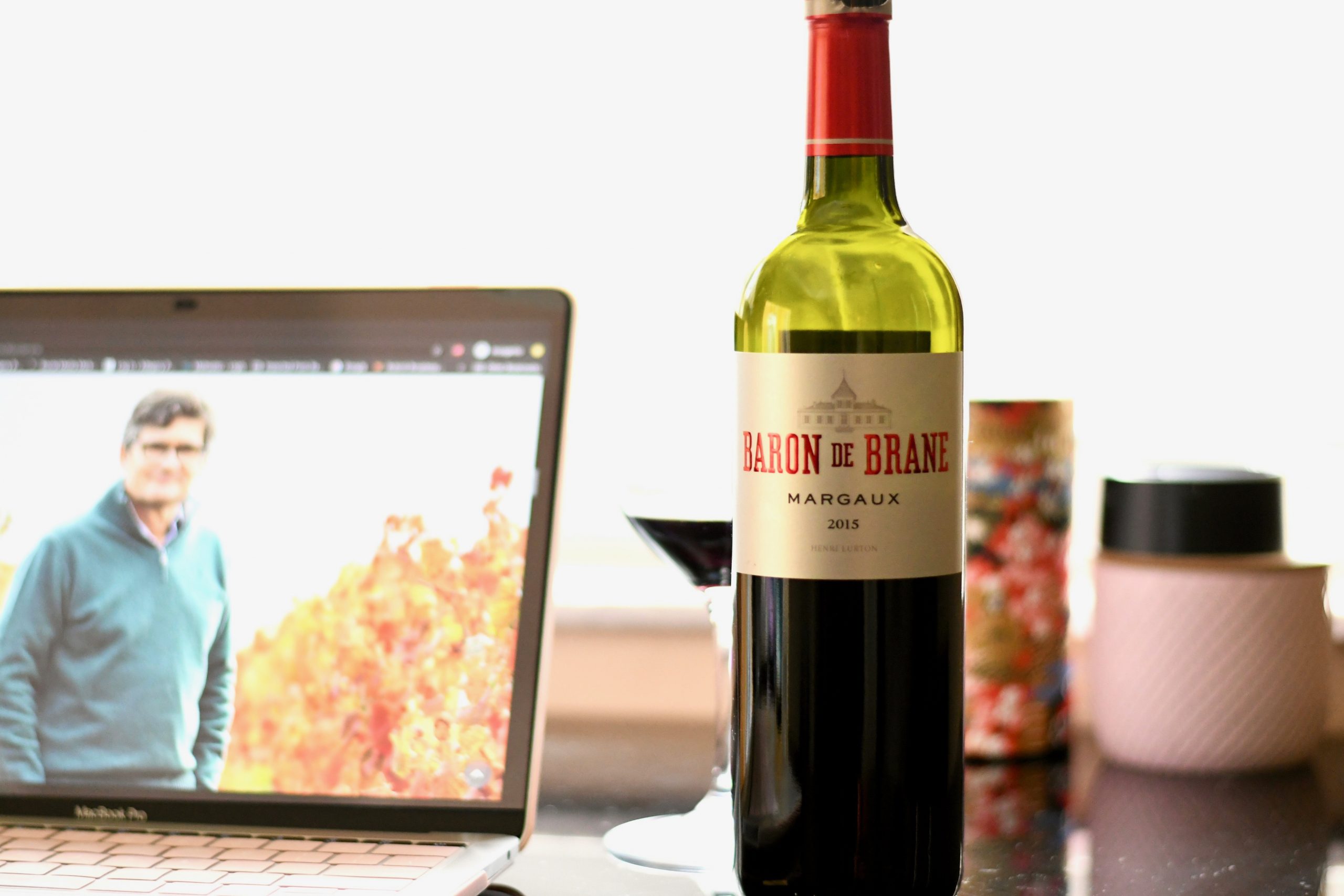

What are wine tasting notes, why are they used and do we really need them? Here’s my take on wine tasting notes.
Some photo highlights of a lunch with Chiara Soldati, owner of La Scolca winery in Piemonte, Italy.
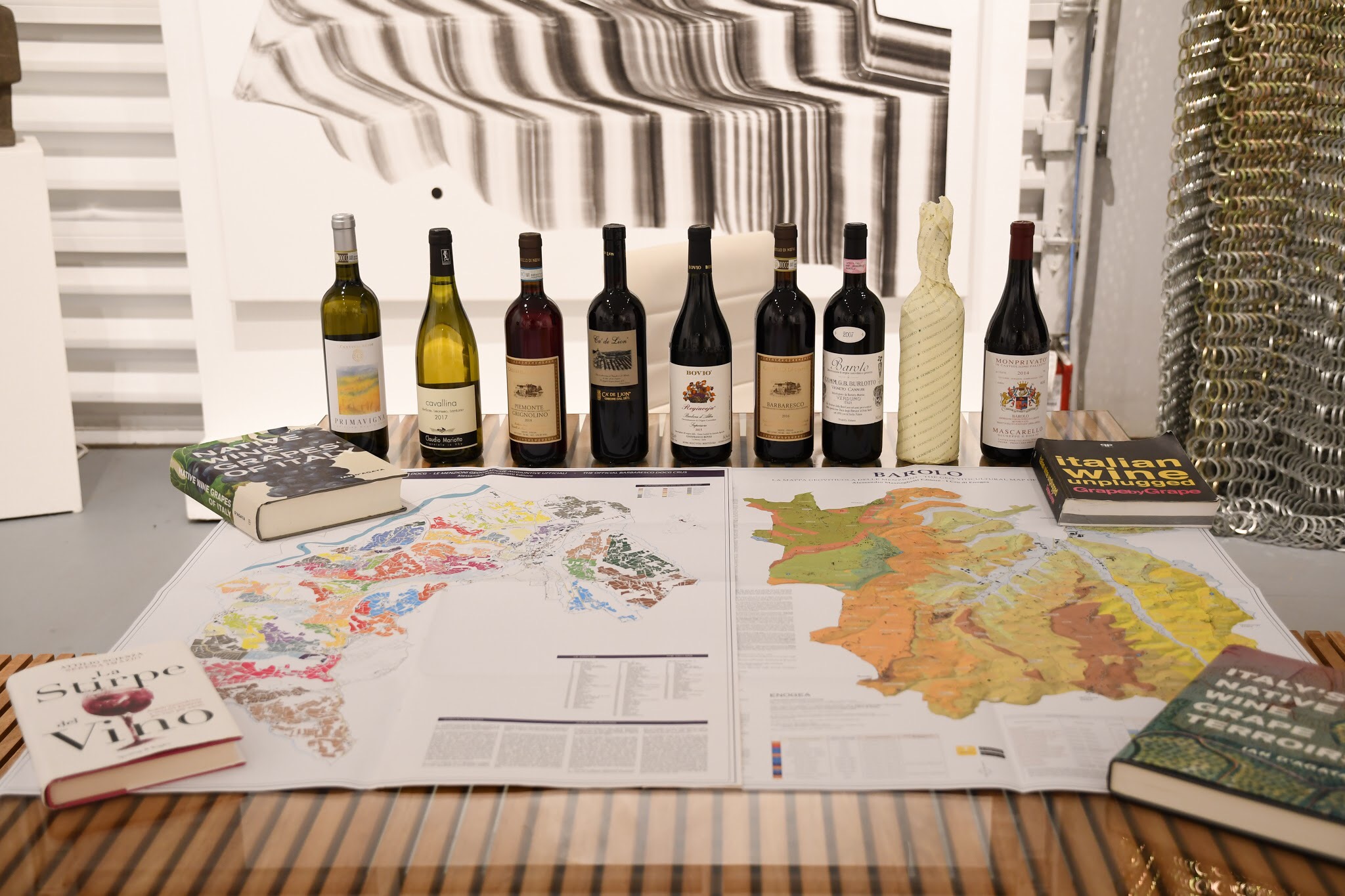
Miami, FL…October 3, 2019…The Italian Wine School based in Miami, Florida is pleased to announce that it will offer the first course certified by Vinitaly International Academy (VIA): Maestro Italian Wine Course…
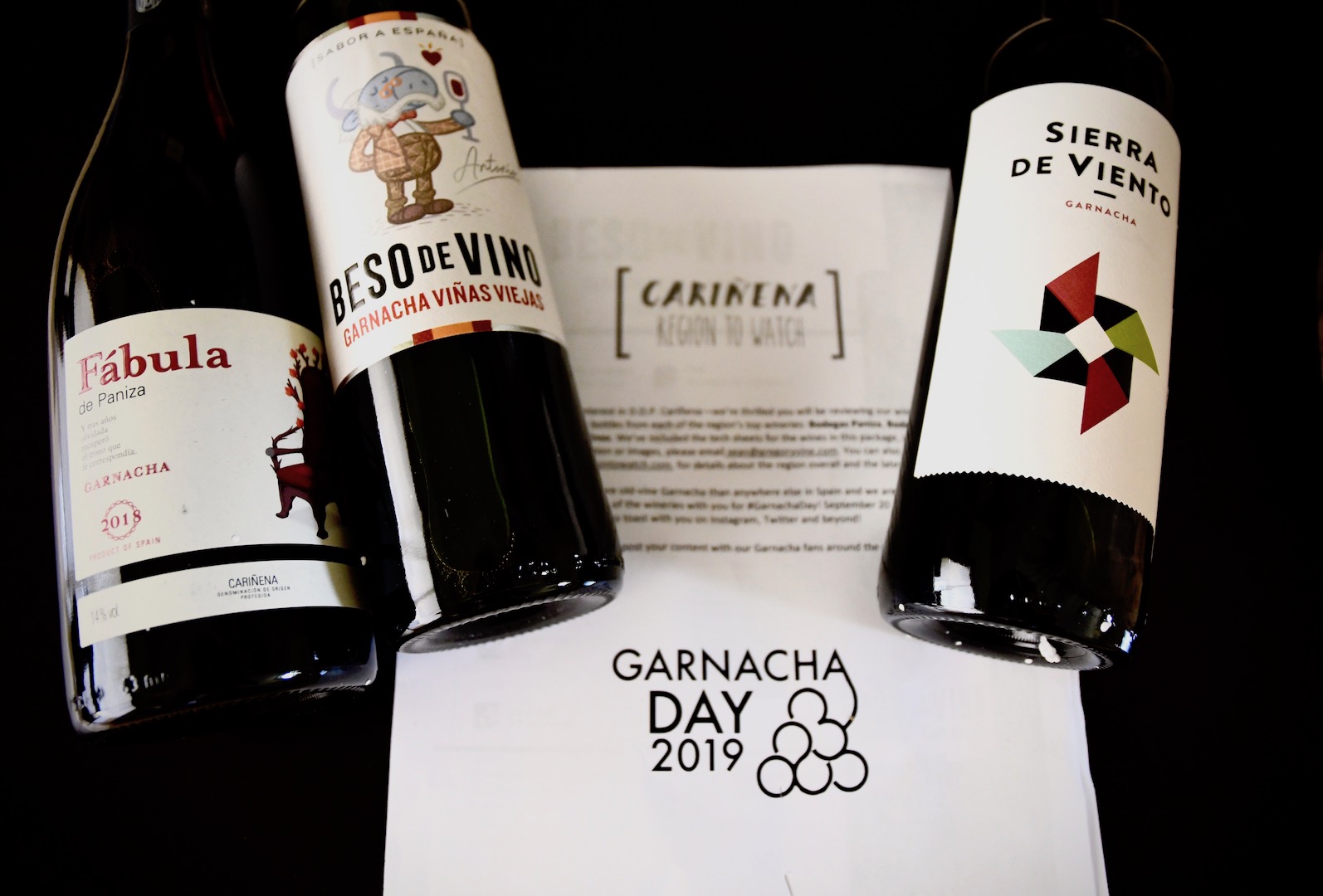
TGIF and Happy #GarnachaDay! Following a hurricane postponement of the Miami Home Show and rushing to get all of my work done and in place before flying to Spain, I began ignoring…
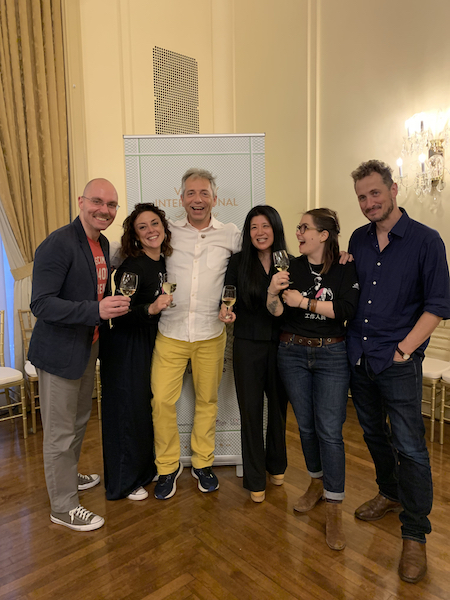
Stefano Campanini is one of twelve people to receive the Italian Wine Ambassador pin of the thirty-nine people who wrote the exam in New York this past Sunday. Miami, FL…July 2, 2019…On…
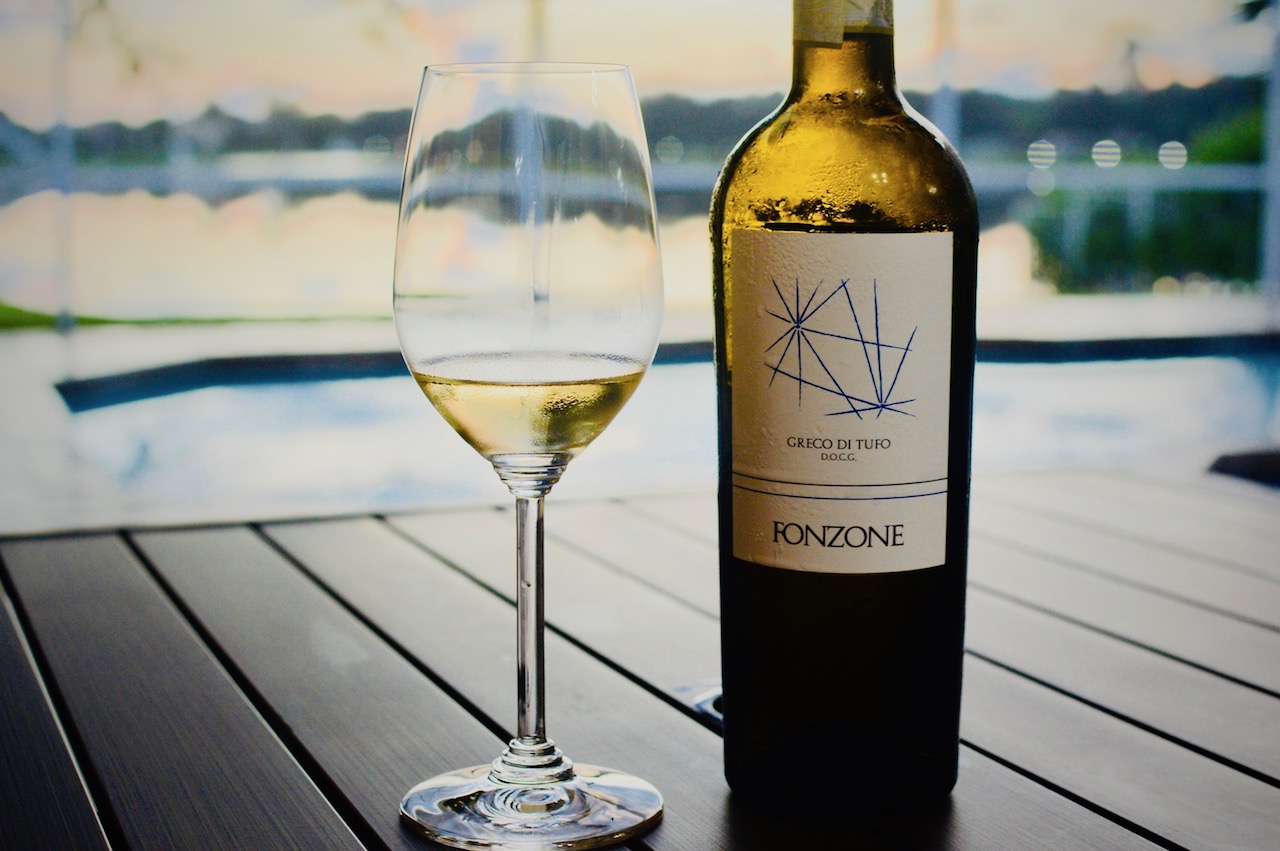
Just when I thought I knew something about grapes, I realized that I was wrong. I’ll be forever a wine newbie, but I’m happy about that. Today, I’ll tell you why. I’m…

There’s no connection really between the rom-com and wine. Just word nerd, wine newbie (hopeless romantic) me playing. I suppose we could make up some far-fetched, metaphorical association like, look beyond the…